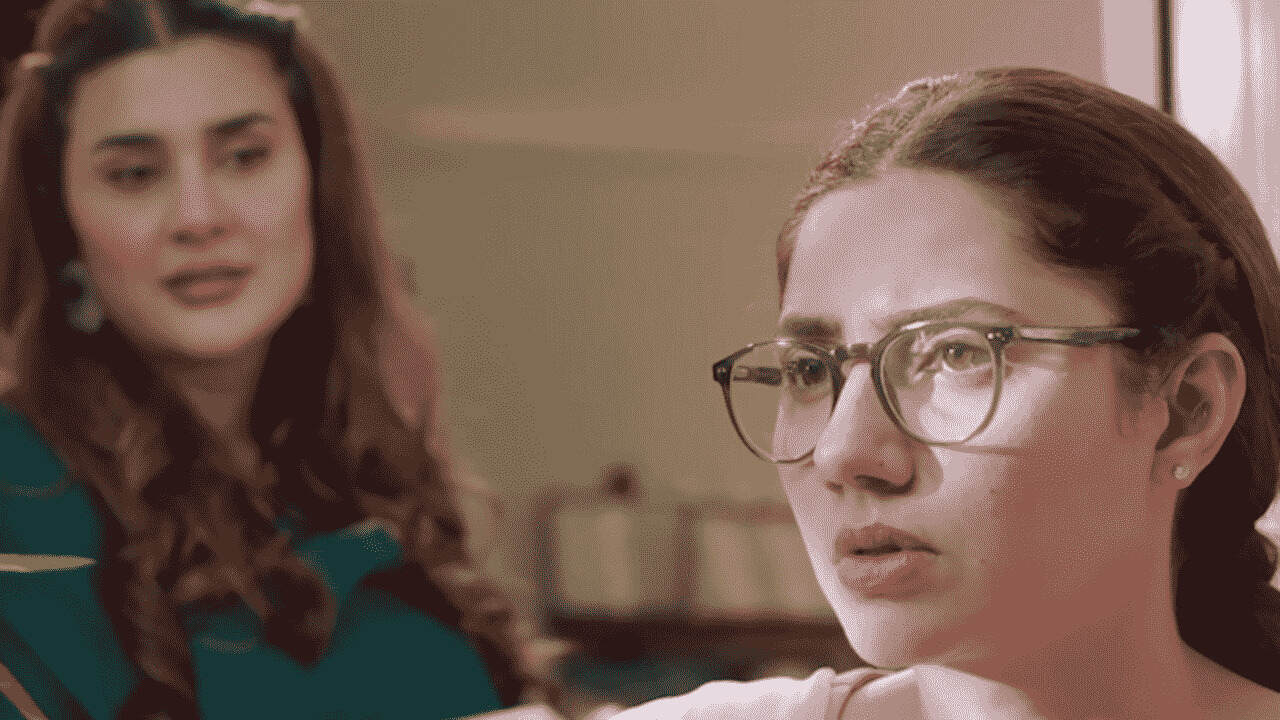As title “Hum Kahan Kay Sachay Thay“ suggests introspection and regret and hopefully the drama will go that route rather than employ the typical karma trope.
Hum Kahan Kay Sachay Thay was generating a lot of attention, even before it aired, and rightly so because there are a few things one can’t ignore about the show from the outset. The star studded cast, their new looks along with the soundtrack and background score immediately manage to gain viewers’ attention.
The story is an adaptation of Umera Ahmed’s novella of the same name and Farooq Rind’s direction manages to recreate a literary storytelling on screen. From the narrator’s voiceover in the first scene to the cliffhanger in the latest episode, this drama draws you in like a good read. It moves at a rather fast pace to balance the intensity of the story.
There is nothing exceptionally original about the story since Pakistani dramas have woven love triangles, cousin marriage and family politics together to death. However, Hum Kahan Kay Sachay Thay probes below surface and into the complexes, toxicity, and bitterness that characters in such storylines never quite fully express on screen. It manages to get deep into these emotions because the story follows three children into adulthood and the audience doesn’t just watch time lapses, it also becomes privy to the atmosphere and circumstances in which these children begin to imbibe the prejudices of the adults around them.
In fact, the very first scene begins with the narrator warning audiences of the damaging effects that grownups and their conversations can have on children and their growth.
The story is an adaptation of Umera Ahmed’s novella of the same name and Farooq Rind’s direction manages to recreate a literary storytelling on screen. From the narrator’s voiceover in the first scene to the cliffhanger in the latest episode, this drama draws you in like a good read. It moves at a rather fast pace to balance the intensity of the story.
There is nothing exceptionally original about the story since Pakistani dramas have woven love triangles, cousin marriage and family politics together to death. However, Hum Kahan Kay Sachay Thay probes below surface and into the complexes, toxicity, and bitterness that characters in such storylines never quite fully express on screen. It manages to get deep into these emotions because the story follows three children into adulthood and the audience doesn’t just watch time lapses, it also becomes privy to the atmosphere and circumstances in which these children begin to imbibe the prejudices of the adults around them.
In fact, the very first scene begins with the narrator warning audiences of the damaging effects that grownups and their conversations can have on children and their growth.





